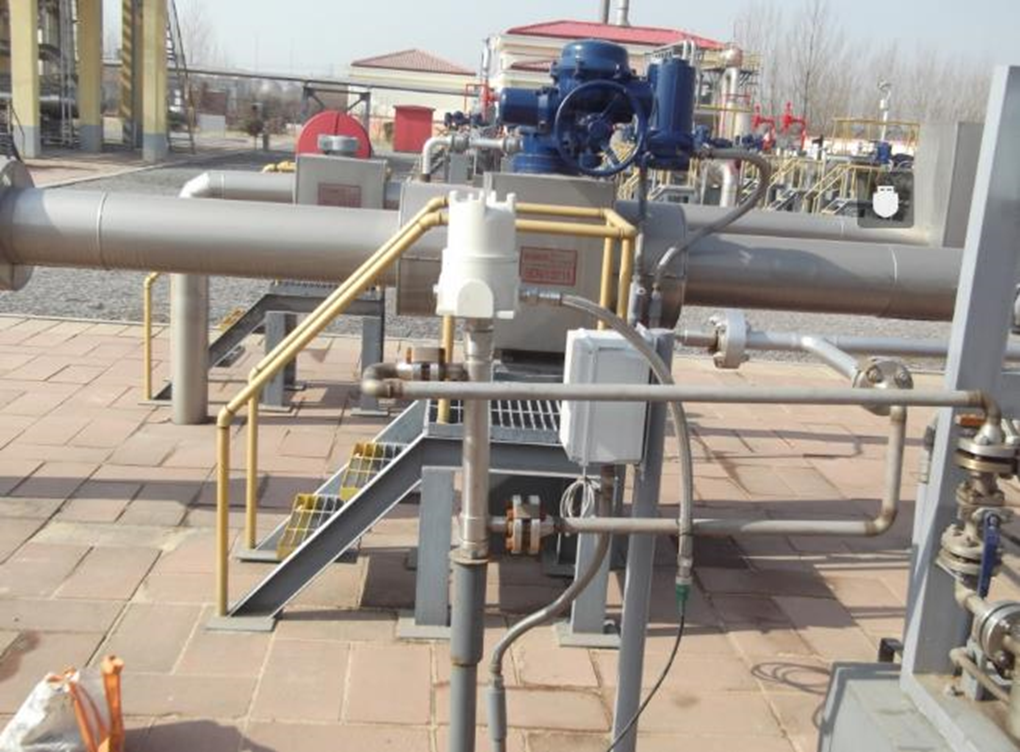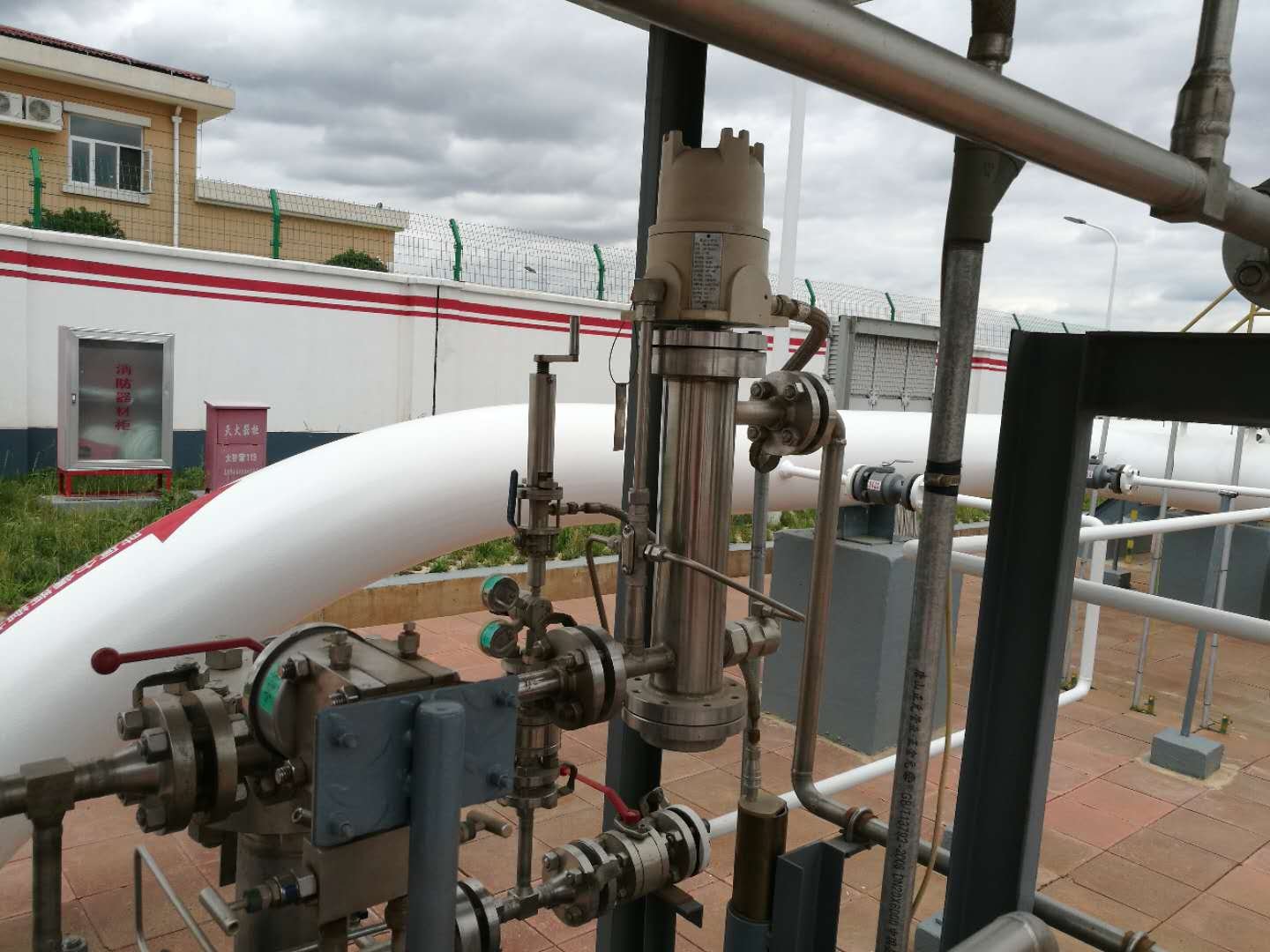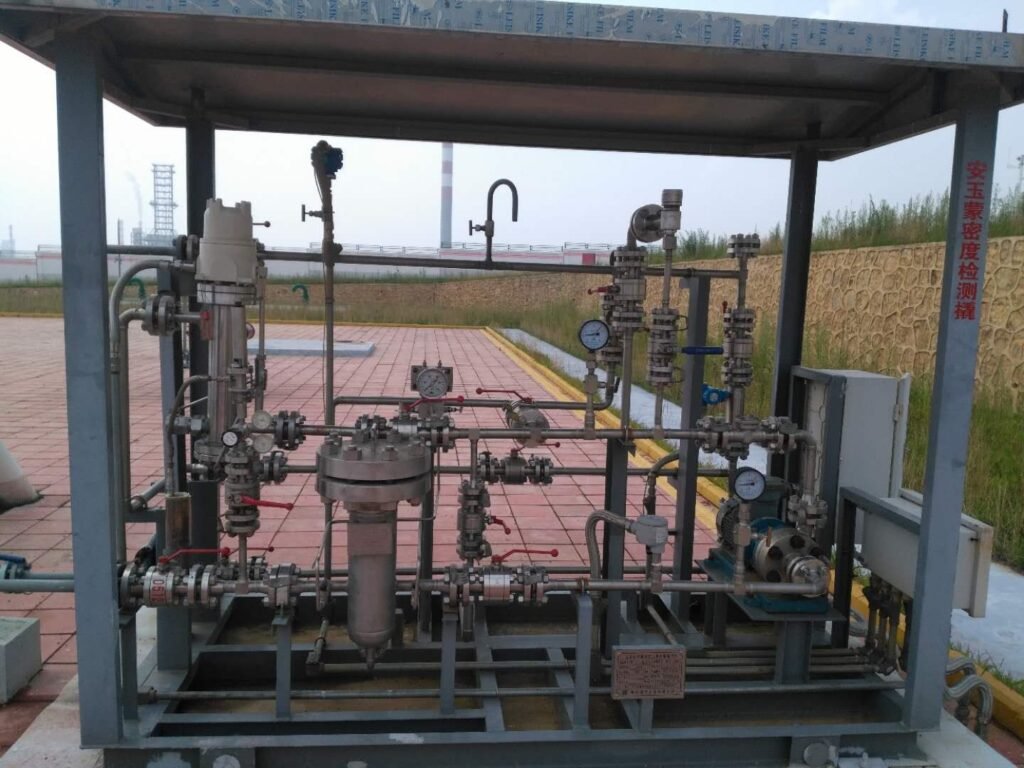
- (+86) 18752670256
- mortonmarine@163.com
The sensor integration technology of the oil interface monitor is a novel technique that has been successfully applied in the domain of oil analysis in recent years. It is constituted by multiple sensors in a complementary fashion to obtain multiple sets of data outputs. The composite sensor itself is a combination within which five sensor units for detecting different physical quantities are integrated. The design challenge of the composite sensor lies in the structural design: how to rationally arrange the sensor units within the narrow and specific structural body.





The composite sensor for detecting the oil-water interface conducts analysis and measurement of the medium to obtain more accurate and authentic measurement results.
♦ Application areas
It is mainly used for monitoring the mixed oil interface of different oil products in finished oil pipelines and crude oil pipelines, and for online blending of oil products in refineries.
♦ Product function
Delivering safe, innovative, economical, and highly effective solutions through a systematic and harmonious value equipment.
We are committed to meeting our customers’ demands with top-tier quality and exceptional service.